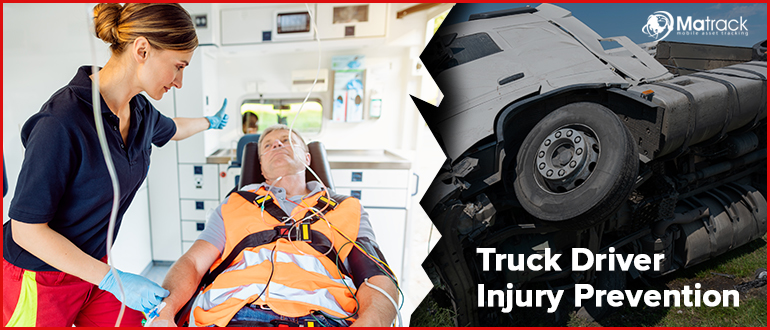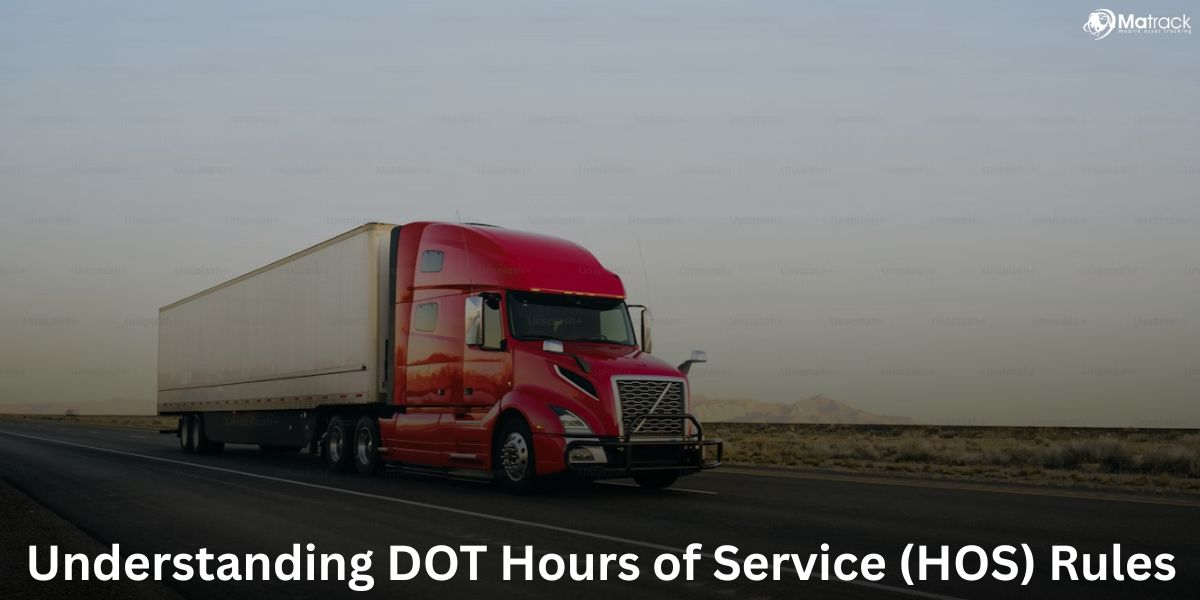Key Takeaways
- Truck drivers face a high risk of injuries due to prolonged sitting, poor posture, heavy lifting, and repetitive movements.
- These risks lead to common injuries like muscle strain, joint pain, slips, falls, and accident-related trauma.
- Preventing these injuries requires maintaining proper posture, using safe lifting techniques, and practicing road safety.
- Incorporating stretching, regular exercise, healthy eating, and quality sleep helps truck drivers stay strong and avoid long-term health issues.
What Causes these Injuries?
Some common causes of injuries are listed below. Most truck drivers may have suffered because of these at least a few times in their careers.
- Driving accidents
- Improper grip
- Bad posture due to the long driving hours
- Lifting cargo and heavy goods
- Falling
- Exertion
- Poor diet
- Poor sleep
- Overworking
- Unsafe driving practices
Common Injuries Among Truck Drivers
Truck drivers often get injured because they sit for long hours, use poor posture, lift heavy loads, and experience constant vibrations from the truck. Here are the most common injuries:
Muscle and Joint Pain (Musculoskeletal Injuries)
Truck drivers frequently suffer from muscle and joint pain due to sitting too long, moving the same way repeatedly, or lifting things incorrectly. Common problems include:
- Lower back pain from sitting all day without good back support.
- Shoulder and neck pain from keeping the same posture while driving.
- Knee pain from stepping in and out of the truck and frequent braking.
Repetitive Motion Injuries (RSIs)
Repeating the same movements—like gripping the steering wheel, shifting gears, or handling cargo—can strain muscles over time. These injuries include:
- Wrist and hand pain (like carpal tunnel syndrome) from gripping too tightly.
- Elbow pain (like tendonitis) from frequent lifting and pulling.
- Foot and ankle pain (like plantar fasciitis) from standing on hard surfaces or wearing unsupportive shoes.
Slips, Trips, and Falls
Stepping onto slippery ground, tripping over objects, or falling from the truck can cause serious injuries, including:
- Sprains and broken bones from falling while climbing in or out of the truck.
- Head injuries from unexpected slips.
- Bruises and cuts from hitting hard surfaces.
Injuries from Truck Accidents
Even minor crashes can cause painful injuries. Some common ones include:
- Whiplash from sudden stops or impacts.
- Broken bones from crashes.
- Head injuries from hitting the dashboard or side window.
Health Problems from Weight Gain
Truck drivers often have a sedentary lifestyle and eat fast food, which can lead to:
- Joint pain and arthritis from extra weight.
- Heart disease due to high cholesterol and blood pressure.
- Diabetes from unhealthy eating habits.
Preventing these injuries requires good posture, stretching, safe lifting techniques, and making healthier lifestyle choices.
Effective Injury Prevention Strategies for Truck Drivers
Truck drivers can reduce their risk of injury by implementing proper safety measures and lifestyle adjustments. Below are essential tips for preventing injuries while on the job.
Maintain Proper Posture While Driving
Sitting for extended periods can strain the spine and cause lower back pain. To prevent posture-related injuries:
- Adjust the seat height and backrest to support the lower back.
- Keep knees slightly higher than hips to reduce pressure on the lower spine.
- Hold the steering wheel at a comfortable height to prevent shoulder strain.
- Take frequent breaks to stand, stretch, and relieve tension.
Use Safe Lifting Techniques
Loading and unloading cargo improperly can lead to severe musculoskeletal injuries. Follow these guidelines for safe lifting:
- Bend at the knees, not the waist to protect the lower back.
- Keep the load close to the body to reduce strain on muscles.
- Avoid twisting while lifting; instead, turn the entire body.
- Use lifting aids such as dollies or forklifts when handling heavy loads.
Prevent Repetitive Strain Injuries
To minimize strain on muscles and joints from repetitive movements:
- Switch grip positions regularly while driving or handling cargo.
- Perform hand and wrist exercises to reduce tension.
- Use ergonomic seat cushions and steering wheel covers to improve grip and support.
Reduce the Risk of Slips, Trips, and Falls
Truck drivers frequently climb in and out of their cabs and trailers, increasing the risk of falls. To stay safe:
- Wear non-slip footwear with proper ankle support.
- Check for hazards such as wet or uneven surfaces before stepping out.
- Use handrails and steps carefully when entering or exiting the truck.
- Keep truck floors clean and clutter-free to prevent tripping.
Prioritize Road Safety to Avoid Accidents
Traffic accidents can cause severe injuries. Reduce accident risks by:
- Getting enough sleep to prevent fatigue-related crashes.
- Maintaining a safe following distance from other vehicles.
- Adhering to speed limits and road signs at all times.
- Performing regular vehicle maintenance to ensure brakes and tires are in good condition.
Adopt a Healthier Lifestyle to Prevent Chronic Conditions
A healthy lifestyle can prevent obesity-related injuries and illnesses. Truck drivers can improve their health by:
- Incorporating exercise during breaks, such as stretching or walking.
- Choosing nutritious meals with high protein and fiber while avoiding fast food.
- Staying hydrated to prevent fatigue and improve concentration.
- Getting quality sleep to allow muscle recovery and reduce stress.
Stretching and Exercises for Truck Drivers
Regular stretching and movement help prevent stiffness and reduce the risk of injuries. Here are simple stretches and exercises truck drivers can do:
Neck and Shoulder Stretches
Tilting your head to the side and holding for 10 seconds on each side helps loosen tight neck muscles. Rolling your shoulders forward and backward 10 times relieves tension and improves flexibility.
Lower Back and Spine Stretches
Twisting your torso while sitting and holding onto the seat gives your spine a good stretch. Leaning backward with hands on the lower back helps reduce stiffness from long hours of sitting.
Leg and Knee Exercises
Lifting one knee at a time while sitting keeps leg muscles active and improves circulation. Pressing your toes against a wall and leaning forward gently stretches tight calf muscles.
Hand and Wrist Exercises
Extending one arm forward, palm up, and pulling fingers back stretches the wrist and prevents stiffness. Opening and closing your fingers multiple times improves hand movement and reduces tension.
Conclusion
Preventing injuries is important for truck drivers to stay healthy and keep working safely. Using good posture, lifting correctly, stretching often, and making healthy choices can reduce the risk of pain and long-term health problems.
By following these simple safety tips, truck drivers can avoid common injuries and feel better on the job. Taking care of their bodies helps them stay strong, focused, and ready for the road ahead.



